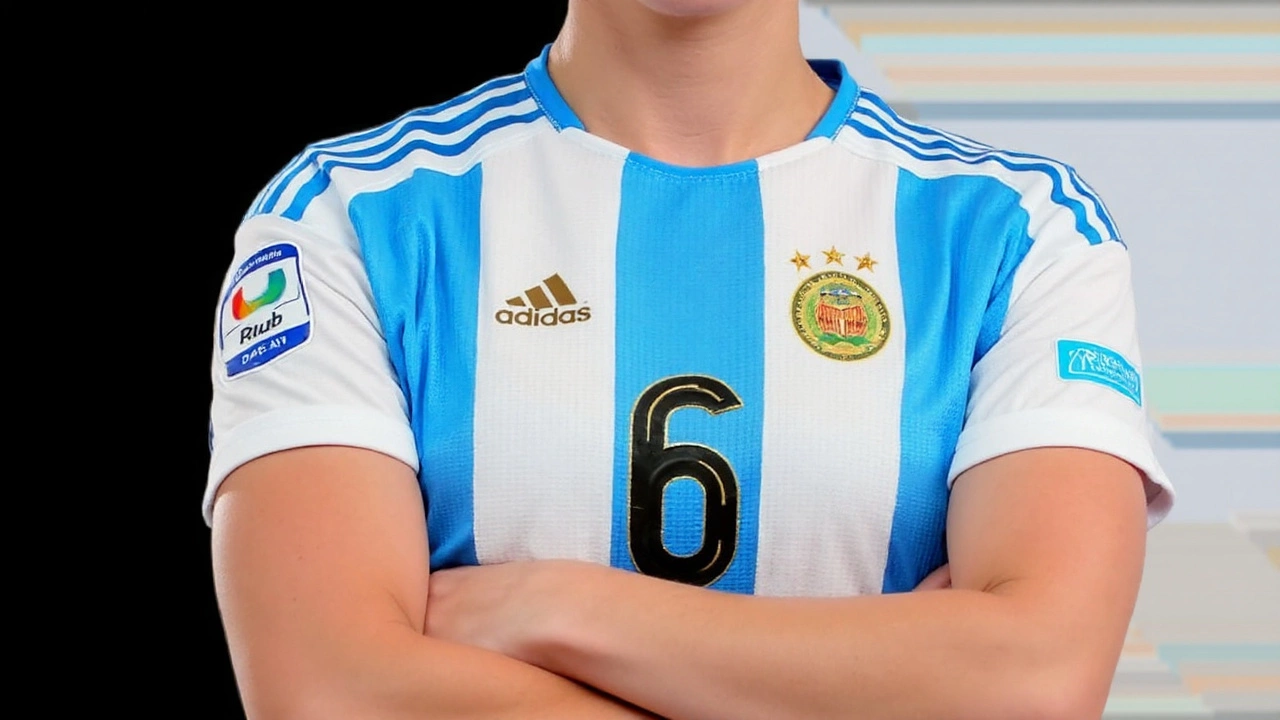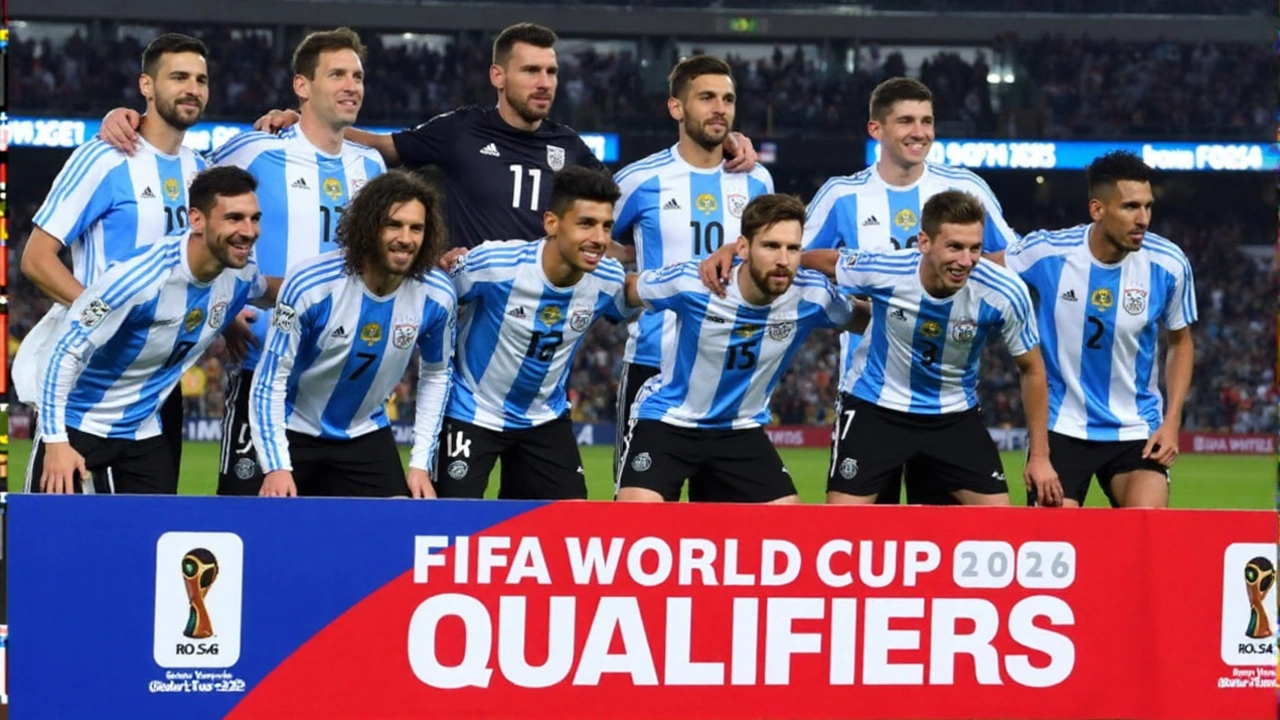
Brazil did not just reclaim a trophy—they underlined a gap. The champions lifted their ninth Copa América Femenina title after a July 12–Aug 3 tournament that delivered goals, high pressing, and a few sharp reality checks. By July 29, the event had already produced 73 goals in 23 matches—an average of 3.17 per game—setting a tone that carried through the final week. For South America’s elite, the direction of travel looked clear; for the rest, the work ahead is just as obvious.
The Copa América Femenina 2025 featured 10 national teams split into two groups. The top sides moved on to knockout play—semifinals, placement matches, and the final. Brazil finished the job. Colombia pushed them furthest. Argentina’s perfect start showed a growing maturity. Uruguay’s leap into the top four signaled a program moving forward.
How the group stage played out
Group A had Argentina in complete control. Four wins from four, 12 points, and a +5 goal difference (6 scored, 1 conceded). It wasn’t flashy; it was clinical. Argentina managed games with a calm back line and a disciplined midfield block, squeezing space between the lines and waiting for mistakes. That single goal conceded across four matches tells the story better than any highlight reel.
Uruguay took second with 7 points (2 wins, 1 draw, 1 loss), and there was nothing accidental about it. They pressed in units, used the wings to stretch teams, and showed good set-piece organization. Chile, third with 6 points (2 wins, 2 losses), looked dangerous when they moved the ball quickly but struggled to control tempo against compact defenses. Ecuador (4 points) had bright spells but lacked a consistent end product, while Peru finished without a point—four defeats that exposed the thin margins at this level when buildup breaks down before the box.
Group B belonged to Brazil, even if the table left a sliver of suspense. Three wins and a draw for 10 points, 12 goals scored, just 1 conceded—pure authority. They defended high, attacked wide, and used quick rotations to drag teams out of shape. Colombia were right there with them: second place on 8 points (2 wins, 2 draws), also with 12 scored and only 1 conceded. Colombia’s tempo was electric in transition, and their press was coordinated enough to trap opponents into rushed clearances. Paraguay (6 points) were organized and physical, Venezuela (4 points) showed flashes when they found their rhythm, and Bolivia ended without a point and a brutal -24 goal difference after conceding 25. That gulf was as much about structure as talent—defensive spacing and midfield coverage repeatedly left Bolivia exposed in the channels.
If you’re looking for a snapshot of where the region stands, the numbers say plenty:
- Argentina’s 12 points from 12 in Group A came with just one goal allowed, the group’s best defensive record.
- Brazil and Colombia matched each other’s group tallies: 12 scored, 1 conceded—a warning shot for any side trying to play open against them.
- Bolivia’s -24 goal difference highlights the gap in defensive organization and game management at the bottom of the table.
- Across the event, goals flowed early and late, with many games swinging on set pieces and quick counters after turnovers.

The knockouts, trends, and what it means
The semifinals brought the heavyweights together: Brazil, Colombia, Argentina, and Uruguay. Brazil’s depth across all lines—fullbacks who attack, wingers who recover, midfielders who can press or pause—made the difference when matches tightened in the second half. They controlled the rhythm, then struck when gaps appeared. Colombia, runners-up, combined pace with purpose. They looked most dangerous when they forced turnovers high and hit central channels before backlines could reset.
Argentina left the group stage looking like the finished article. In the knockouts, they remained compact and difficult to break down, but fine margins at this stage often come down to set pieces and finishing under pressure. Uruguay’s top-four finish speaks to a clear identity: organized pressing, cleaner exits from the back, and better use of width than in recent cycles. They are no longer hanging on in these games—they’re dictating stretches, and that is new.
Tactically, the tournament leaned modern: front-foot pressing, quick wide switches, and fullbacks stepping into midfield to create overloads. We saw defensive lines willing to hold a high position, trusting recovery speed and coordinated cover. The flip side? Mistakes were punished. Several matches flipped on a single loose pass into traffic or a poorly defended second ball after a corner.
Statistically, the shape was clear. By July 29, 73 goals in 23 matches set a scoring pace that rarely dipped. Brazil and Colombia led most of the way in expected goals and shots on target, even when the scoreboard felt close. Argentina’s expected goals against stayed low thanks to a compact block that denied central entries. Uruguay won more second balls in advanced areas than in previous editions—one reason they created more set-piece chances and drew more fouls in the final third.
Look under the hood and the regional picture becomes sharper. Brazil’s domestic league continues to feed the national team with players comfortable in high-tempo systems. Argentina’s professionalization of the women’s game in recent years has started to pay off in defensive cohesion and late-game control. Colombia’s pipeline is brimming with players who can carry the ball under pressure—exactly what you need against teams that press on triggers. Paraguay and Chile remain in that chasing pack: tactically sound, competitive on set pieces, and one or two decisive moments away from changing their ceiling. Venezuela flashed enough in possession to suggest a higher ceiling if they cut out the unforced errors. Ecuador mixed compact spells with lapses in tracking runners. Peru and Bolivia face a longer rebuild—coaching continuity, defensive spacing, and match minutes for young players will matter more than any one result.
There’s also the scheduling reality. Deep runs here influence seeding for future regional events and shape who gets premium sparring in upcoming FIFA windows. That matters when margins are thin: a year of high-quality friendlies against top-15 opposition can harden a back line or turn a promising winger into a difference-maker. For Brazil, it’s about maintaining the standard. For Colombia, it’s about turning narrow misses into silver. For Argentina and Uruguay, it’s about adding one more layer—more chance creation against set defenses, more calm in the box—so the performance curve keeps rising.
What lingers from this tournament is the feeling of clarity. Brazil still set the pace—with athleticism, depth, and a plan that holds up under stress. Colombia have the tools and the swagger to make every final a real fight. Argentina look safer than ever without the ball, and Uruguay now belong in the late stages. The map of South American women’s football isn’t finished, but the outlines are bolder. The champions deserve their crown. The runners-up know how close they are. And everyone else has a blueprint for where to go next—and how hard the climb will be.


